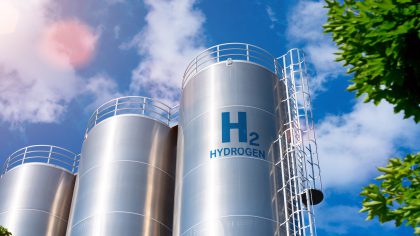Lithium-ion (Li-I) battery for power applications
Lithium-ion (Li-ion) batteries store electricity through a reversible chemical reaction. The basic components are a container, electrodes, and an electrolyte. By loading the battery, the electricity is transformed into chemical energy, while during discharge, electrochemical reactions occur at the two electrodes generating a flow of electrons through an external circuit (DNV KEMA 2013).
Li-ion batteries can be used for a variety of applications in large-scale energy storage such as frequency regulation, temporal storage and integrating renewables into the grid (making them more dispatchable). This factsheet focuses on power applications (<1 hour discharge time) such as power balancing and frequency regulation.
Downloads
Download hier de datasheet (PDF)Gerelateerde publicaties

De publieke perceptie van groene waterstof in Nederland
The public perception of green hydrogen in the Netherlands

Hoe flexibel willen mensen zijn?
De bereidheid van consumenten om flexibiliteit te leveren in het energiesysteem in de gebouwde omgeving

Energiearmoede in Nederland 2019-2023
Cijfers en feiten over energiearmoede in Nederland